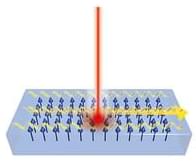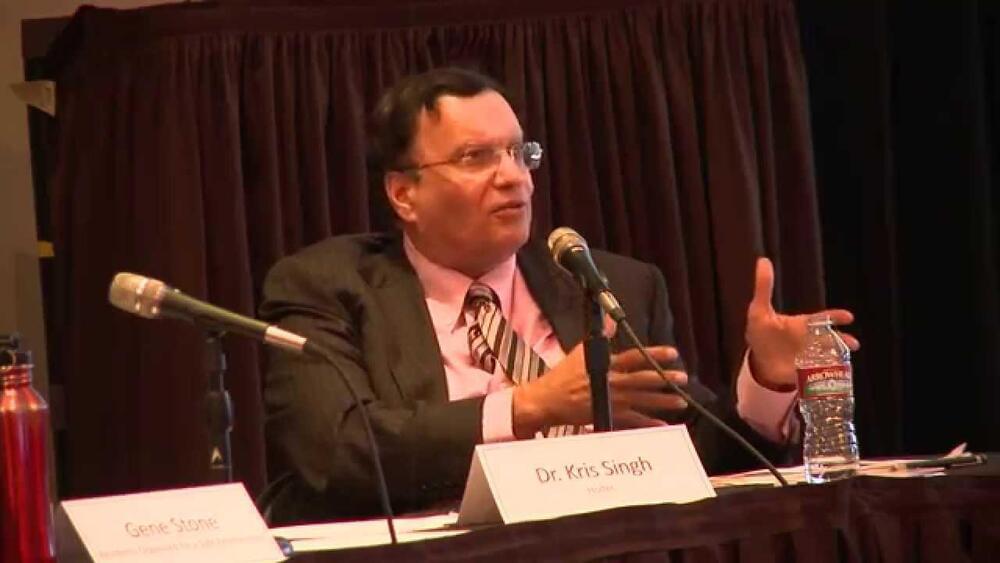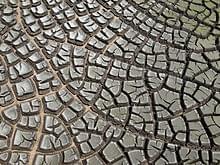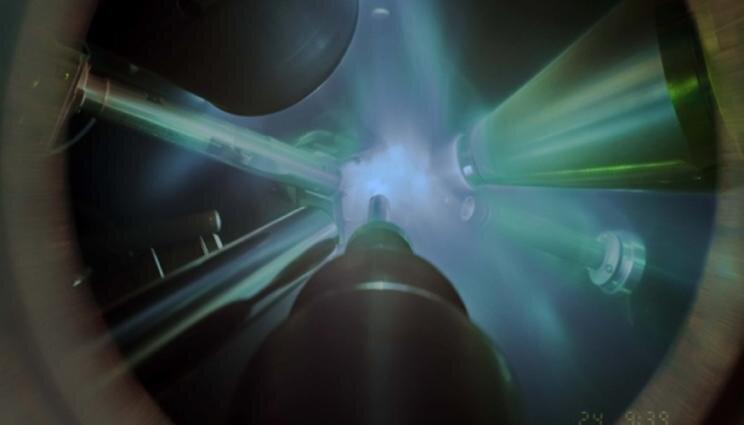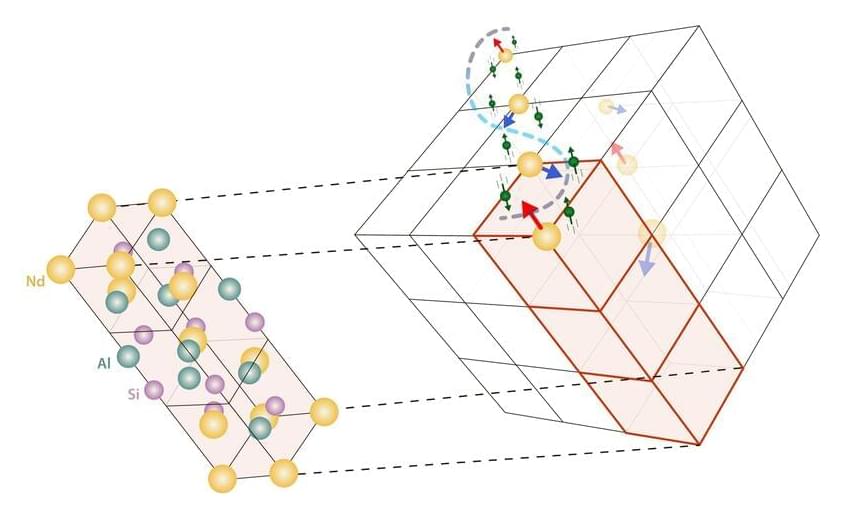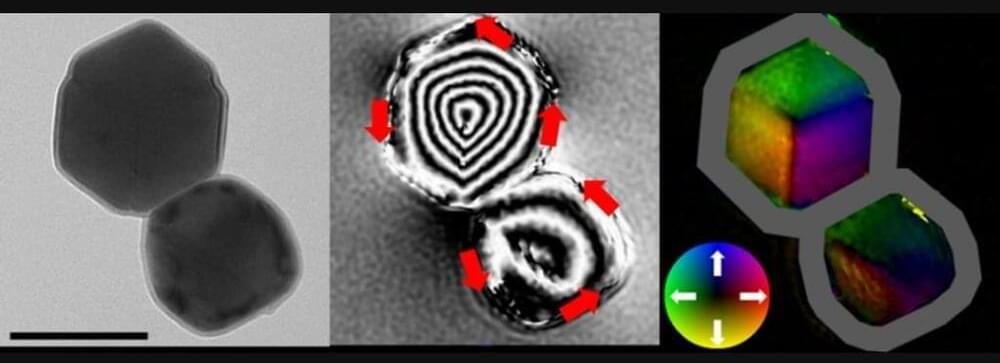Aug 25, 2021
Electric polarization and nonlinear optical effects in noncentrosymmetric magnets
Posted by Quinn Sena in category: materials
Magnetic excitations in multiferroic materials accompany electric polarization, known as electromagnons. The authors develop here a general framework to study electric polarization and nonlinear optical responses of noncentrosymmetric magnets based on spin models. They theoretically demonstrate the optical excitation of electromagnon-induced dc current generation (i.e., a photovoltaic effect) from the so-called shift current mechanism.
